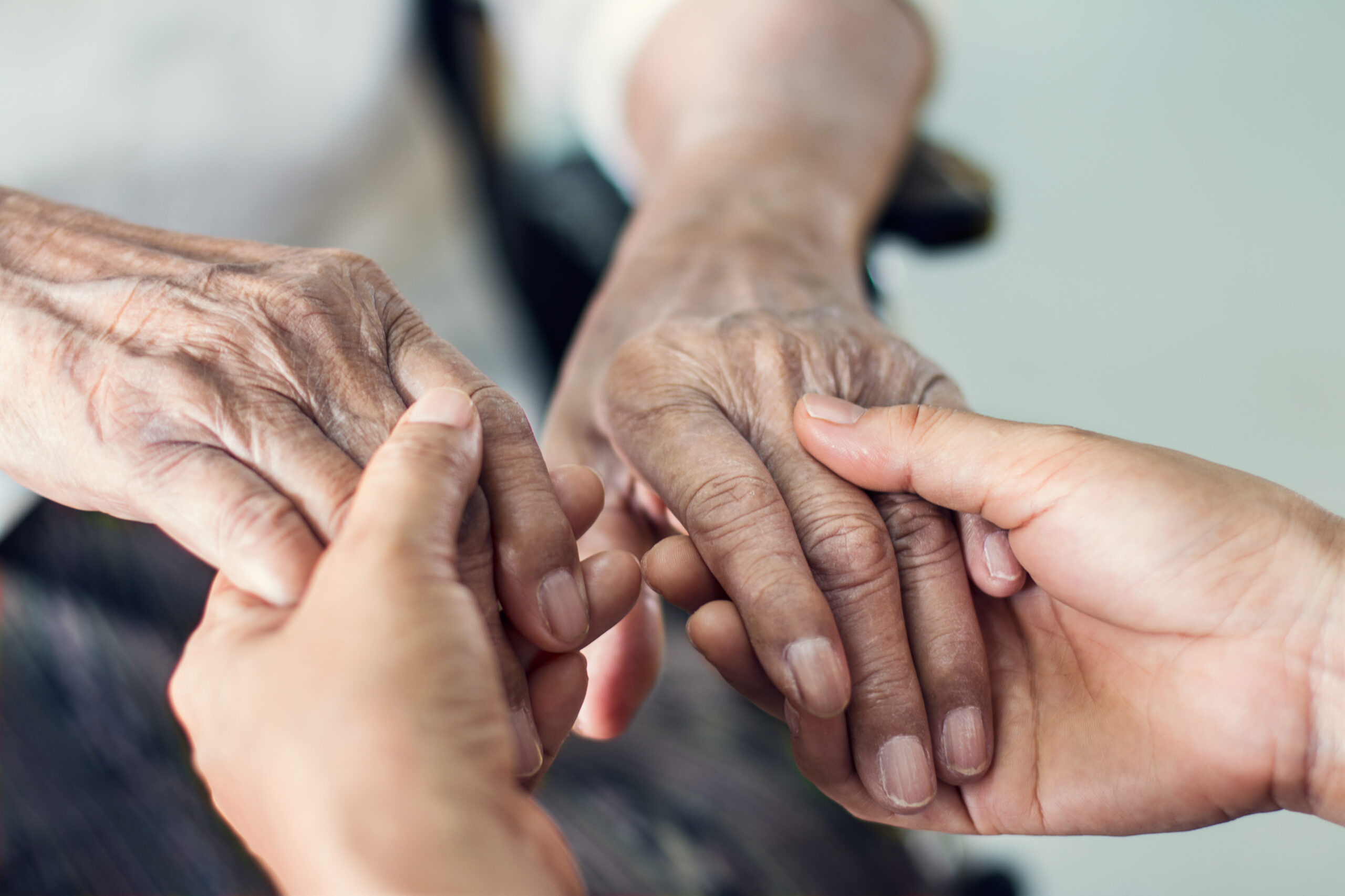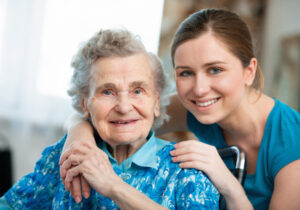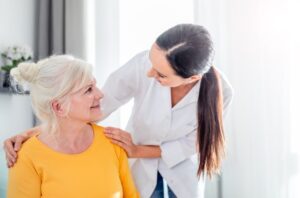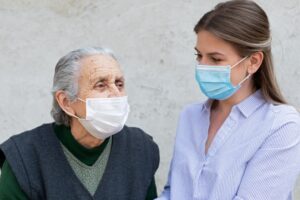Topic of the Day with Jacqueline DuPont Carlson, PhD, D Ed
Falls in older adults are one of the most serious health risks. Sometimes the fall itself isn’t listed as the cause of death. Instead, it’s the injury that followed, such as a hip fracture, head trauma, or complications, but the fall is the trigger. As a caregiver or family member, it helps to look beyond the obvious and spot causes that often go undetected.
Common and Not-So-Common Falls in Older Adults
Here are several factors that frequently contribute to falls in older adults but can easily be missed:
- Urinary Tract Infections (UTIs)
UTIs in older adults can cause sudden weakness, confusion, dizziness, or back pain — all of which increase fall risk. If someone seems unusually weak or disoriented after a fall (or even before one), check for signs of infection and have their urine evaluated. - Lack of Exercise
Weak muscles and poor balance are major contributors to falls. If a doctor recommends home physical therapy, try to get it started promptly and ask about frequency and home exercises to maintain progress. Small, consistent activities like balance training and light cardio make a big difference over time. - Medication Interactions and Substance Use
Sedatives, benzodiazepines (like Ativan), sleep medications, and alcohol all increase fall risk — especially when combined. Nighttime or oddly timed falls, signs of slurred speech, or bottles in the trash should prompt a careful medication and substance-use review with a provider. - Detection Tools
Devices like emergency pendants, medical alert systems, or smartwatches don’t prevent falls, but they do make a critical difference after one occurs. They can ensure faster response times, which matters a lot if someone hits their head or is unconscious. - Hidden or Confusing Circumstances
Falls that happen at strange times or repeatedly without a clear cause deserve deeper investigation. Sometimes older adults are reluctant to share underlying issues. Remember to be gentle but persistent in getting to the root cause.
Practical steps caregivers should take
- When in doubt, check the basics: urine tests for infection, a medication reconciliation, and a quick assessment of mobility and balance.
- Ask for physical therapy: if it’s been recommended, request in-home PT or exercises you can do together regularly.
- Install detection tools: emergency pendants, motion detectors, and fall-detection wearables can reduce time to help.
- Post critical information: keep POLST/DNR and key 911/medical info visible and accessible for emergency personnel.
- Investigate odd patterns: repeated nighttime falls or inconsistent stories about when/where falls happen should prompt a deeper look for medication misuse, alcohol, or undiagnosed medical issues.
- Act quickly for head injuries: any fall with a suspected head impact requires urgent medical attention — don’t assume the ER will always spot complications later.
Communicate Openly and Regularly
Older adults may hide details about why they’re falling. Encourage honest conversations among doctors, nurses, family members, and the older adult. Ask direct—but compassionate—questions: “When do you feel unsteady?” “Have you been more sleepy or dizzy lately?” “Have there been any changes to your medications?” These conversations help clinicians and caregivers identify the true causes in falls in older adults and create an effective plan.
When to seek medical help
Take your loved one to the emergency department if they hit their head, lose consciousness, have severe pain, can’t move, or show worrying changes in mental status. For recurring or unexplained falls in older adults, schedule a comprehensive review with their primary care physician or a geriatrician.
Falls are rarely caused by a single factor. By looking for hidden contributors — infections, inactivity, medication interactions, and gaps in detection — you can reduce risk and act fast when incidents happen. If you’re worried about a loved one’s falls, start with a medical review, ask about physical therapy, and consider detection devices for faster help when it matters most.
Is now the right time to bring in a caregiver to help prevent falls in older adults?
If your loved one has recently fallen or you’ve noticed an increase in unsteadiness, Assured In Home Care is here to help. Our compassionate caregivers provide the support, safety, and peace of mind your family deserves.
Click here to connect with us today and learn how we can create a personalized care plan that promotes independence, health, and confidence for your loved one.
Are you having a hard time with effective communication with older adults?




